Market Share
Sodium Hydroxide Market Share Analysis
In the Sodium Hydroxide market, positioning strategies play a crucial role in determining a company's market share and competitive advantage. One common strategy is differentiation, where companies focus on unique features or attributes of their products to stand out. For instance, a company might emphasize the purity or quality of its sodium hydroxide compared to competitors, attracting customers who value such qualities. Another strategy is cost leadership, where companies strive to offer sodium hydroxide at the lowest possible price while maintaining acceptable quality standards. This approach can help companies capture market share by appealing to cost-conscious customers and undercutting competitors' prices. Additionally, companies may adopt a niche strategy, targeting specific market segments or applications for sodium hydroxide where they can excel. By focusing on specialized needs or requirements, companies can often command higher prices and build strong customer loyalty within their chosen niches. Furthermore, market segmentation plays a vital role in positioning strategies. Companies may segment the market based on factors such as geographical location, industry type, or customer preferences, allowing them to tailor their marketing efforts and product offerings more effectively. By understanding the unique needs of different market segments, companies can position themselves as the preferred choice for specific customer groups, thereby increasing their market share.
Moreover, branding and marketing also play a significant role in market share positioning strategies for the sodium hydroxide market. Strong branding helps companies differentiate their products from competitors and build trust and recognition among customers. Companies may invest in branding efforts to create a positive perception of their sodium hydroxide products, emphasizing factors such as reliability, safety, or environmental sustainability. Effective marketing campaigns can further reinforce this positioning, reaching target customers through various channels and highlighting the unique value propositions of the company's products. Additionally, partnerships and collaborations can be instrumental in market share positioning strategies. By forming strategic alliances with suppliers, distributors, or other industry players, companies can expand their reach and access new markets or customer segments. Collaborations can also enable companies to leverage complementary strengths and resources, enhancing their competitiveness and market position in the sodium hydroxide industry.
Furthermore, innovation plays a critical role in market share positioning strategies for the sodium hydroxide market. Companies that invest in research and development to develop new technologies or improve existing processes can gain a competitive edge by offering innovative solutions that meet evolving customer needs. Whether it's developing more efficient production methods, creating new applications for sodium hydroxide, or enhancing product performance, innovation can help companies differentiate themselves and capture market share. Additionally, continuous improvement initiatives can help companies optimize their operations, reduce costs, and enhance product quality, further strengthening their market position over time. By staying ahead of the curve and constantly innovating, companies can maintain their relevance and competitiveness in the dynamic sodium hydroxide market landscape.

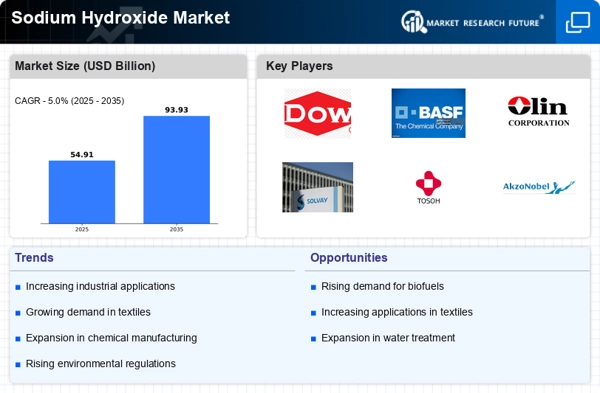
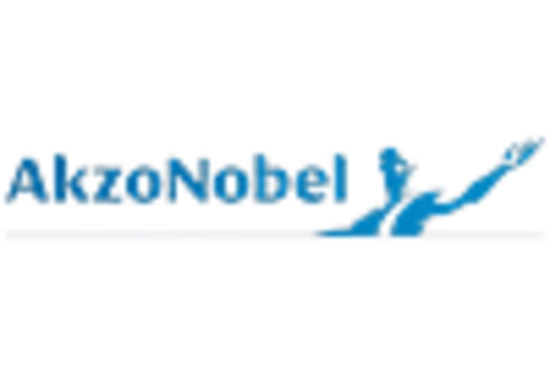

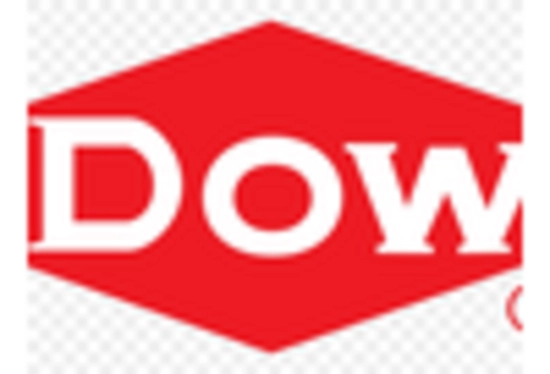
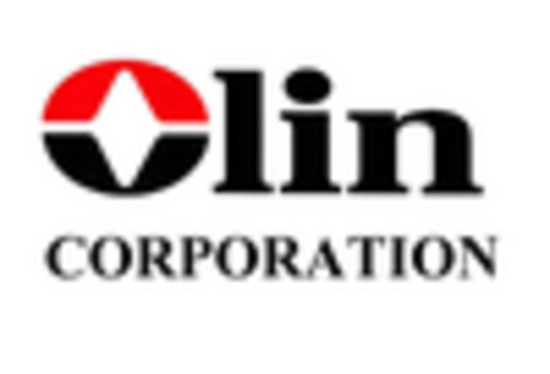
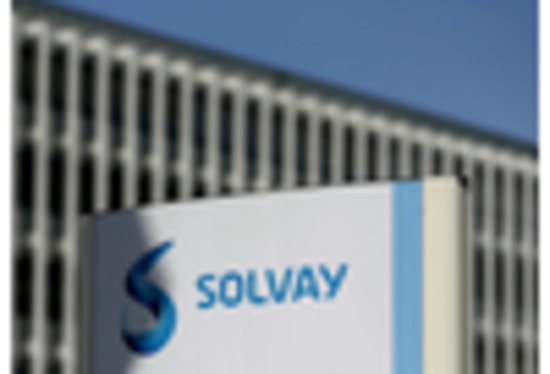
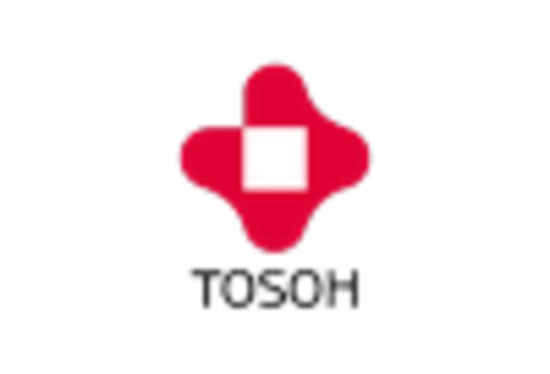

Leave a Comment